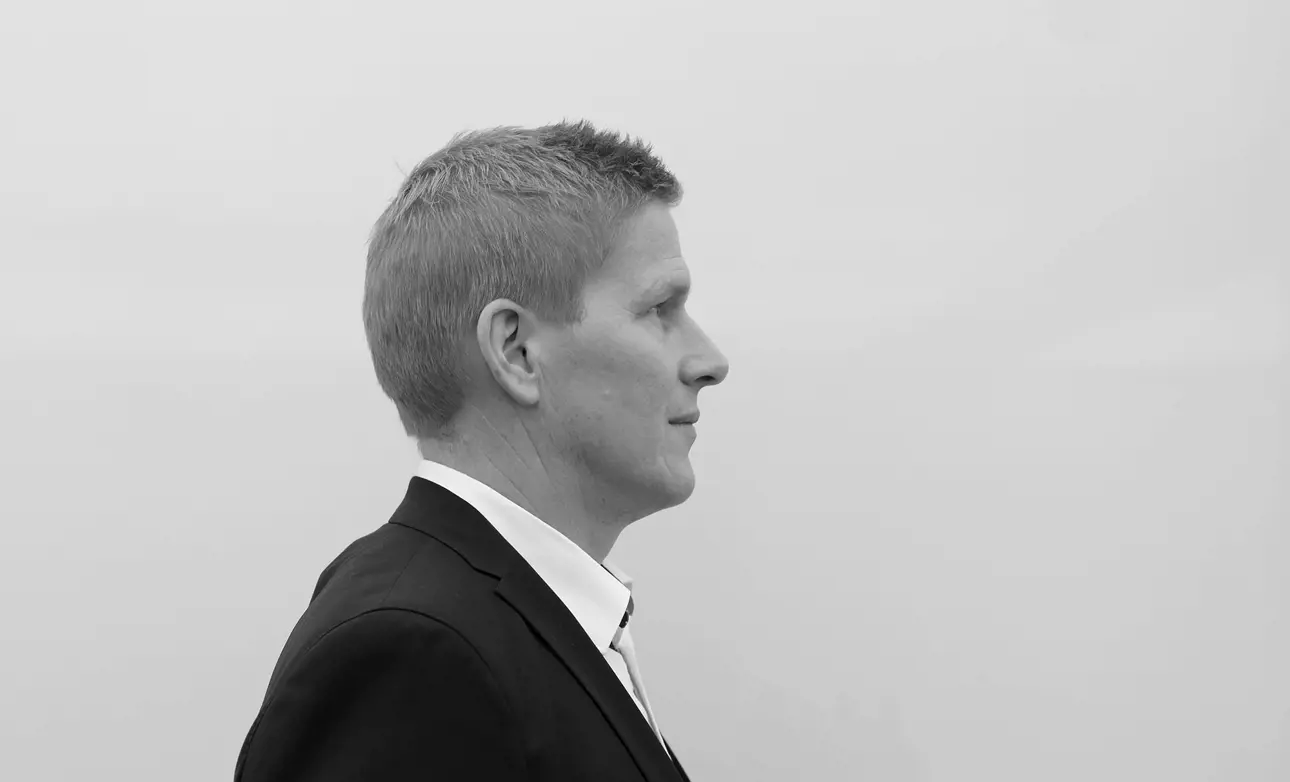Q&A with Our expert: Kalle Suurpää
Apr 17, 2019
Our customers are looking for better and better efficiency for their processes, and our valve solutions and innovations must meet the ever-demanding requirements. We talked with Kalle Suurpää, to find out what is going on in the industry and in Neles' research and development work. As of the 1st of April 2022, Neles is part of Valmet.

Q1. What kind of changes has the valve industry seen in recent years?
Valves today must withstand more stringent process conditions. The ability to deal with high process pressures and extreme temperatures is now a standard requirement, as are zero-leakage and zero-emission requirements. Also, the environmental concerns have moved on the top of the list.
The customer requirements are more demanding. As their processes are being developed to being more efficient, all the parts in those processes also need to work in more demanding conditions where every detail matters. Reliability is key for our customers and we put a lot of emphasis on this in our R&D.
While the technical requirements are more stringent, at the same time there is pressure to bring more economical solutions to the market.
Q2. How is new technology developed and tested at Neles?
We use agile methodologies in our development. We plan our work in fixed length, repeatable work cycles, sprints. Sprint cycle allow us quickly react to requirement changes and possible design constraints. This also enables us to change direction if needed. It all starts from the customer requirements, the information that we get from sales and product management.
The most important thing, something we take pride in, is reliability – each and every product released to market needs to be reliable. Testing is the incremental part of R&D and testing is done on many levels during the projects to ensure the product quality and reliability. We start with component level tests, complete product tests in the laboratory and then field tests before market release.
The most important thing, something we take pride in, is reliability – each and every product released to market needs to be reliable.
Simulation technologies have now reached a level that enables the development of mechanical solutions on computer. This does not preclude the need for physical testing in the laboratory or in the field, but it does provide rapid simulation-based verification of design iterations before building the first physical prototypes.
Some parts of testing can also be automated, and we have implemented automatic testing capabilities to speed up the product development process, allowing us to concentrate on more creative problem-solving tasks. We can run parallel tests and vast amount of test cases overnight and start analyzing the findings first thing in the morning. These advancements in the degree of automation in product testing is one of the major contributors to the reduced time-to-marketAnd when physical prototypes are needed, 3D printing is a new disruptive tool in product development – an area which always requires lots of testing and iteration. 3D printing allows fast prototyping, so the whole round of product development becomes faster.
Q3. What has been Neles’ biggest achievement or technological breakthrough in valve technology?
Without a doubt, our valve product portfolio is built on remarkable innovations. Our innovative history goes back decades. We have a field proven track record in developing long lasting and reliable metal and soft seating technologies and excellent noise abatement equipment. We have developed automation since the 1990s, diagnostics and connectivity (especially) in the 2000s, and now we are reaching to industry 4.0 with the latest digital tools and technologies.
Neles’ patented Q-Trim technology has been the industry benchmark for rotary noise attenuation solutions in challenging applications for more than 30 years. Also, the Neles™ NDX intelligent valve controller belongs to one of our key innovations.
Q4. How do you see the future in the field?
New additive manufacturing methods, such as 3D-printing and high isostatic pressing, have brought interesting opportunities to manufacturing geometries and material combinations not previously possible.
We shipped our first valves that included 3D printed components at the end of 2018. Benefits to the customers include short delivery times, availability, and the ability to order devices with complex, cutting-edge components that can only be realized with 3D printing.
IIoT-enabled process analytics that enable reading and analyzing vast quantities of asset data in near real time. A large amount of operational data can be collected from the valve through digital positioners. Combining this data with process performance data allows performance and maintenance activities to be optimized before they can negatively affect production and generate losses.

Q5. Do you have a particularly nice memory to share with us?
Innovation is close to my heart and also work as lead of Valves technology. In 2018 we had a focused innovation event in our team. It was very nice to see the vast amount of great ideas and also the excitement of the team. The best was to see that some of the novel ideas came from persons who were not experts on that specific field of technology. This proves my thinking that innovation happens when people with different experience and background are mixed.
This article has been up-dated in July 2020, due to company name change into Neles.

Subscribe to our newsletter
Subscribe now to flow control newsletter and receive the latest insights directly to your email.
SubscribeRead other expert Q&As

